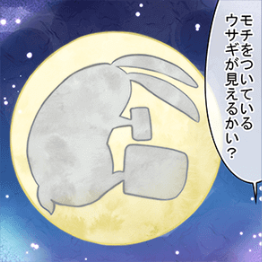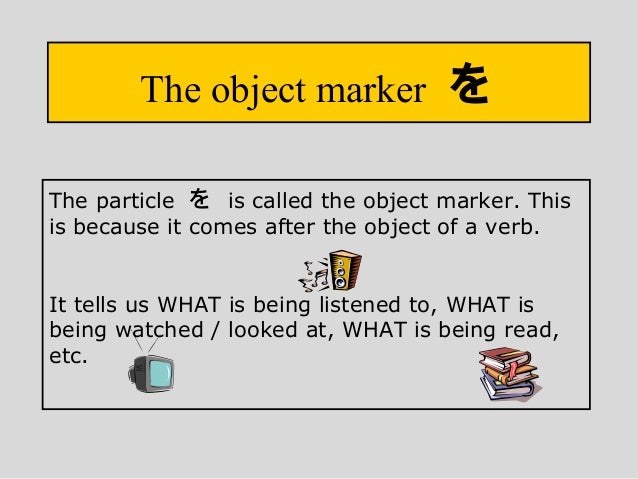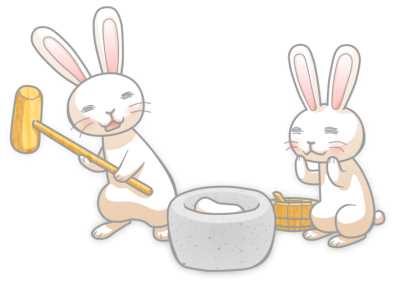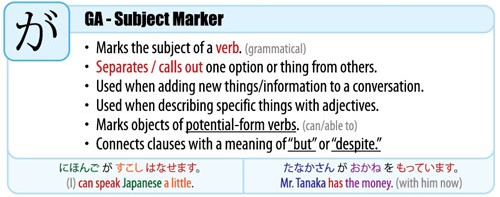Many will remember that we launched ZenPop’s original manga called FULL MOON MAGIC on Instagram last year. It is drawn and written by a talented Japanese manga artist and is entirely in Japanese. Although we have started to add the English translation under each frame, we thought it would be fun to teach you some Japanese with this manga! Here we go with part 2 - you can find part 1 here.
Can you see the rabbit kneading mochi on the moon?

モチをついているウサギが見えるかい?
Mochi wo tsuiteiru usagi ga mieru kai?
モチ (mochi)
Mochi is a Japanese cake made of rice. The rice is crushed with large wooden hammers until it becomes a paste. In Japan, it is traditionally done in a ceremony called mochitsuki. As the word “mochitsuki” ends in tsuki (月), which some of you will remember from the previous Japanese lesson means “moon”. Mochitsuki ceremonies usually take place around New Year’s and is a traditional New Year’s good in Japan, but don’t worry you can eat it all year round.
モチをついている (mochi wo tsuite iru)
を (wo) - Object Particle
We taught you all about を (wo) the direct object particle in the previous part if you didn’t read it or want to refresh your memory check it out here.

ついている (tsuite iru) means “to knead” in this case and comes from the verb 搗 く (tsuku) conjugated in the form “~ている" (te iru). Verbs ending in ~ている describe actions being performed in the present tense (the verb form ending in ~ing). Therefore, in this case, ついているmeans “kneading.”

ウサギ (usagi)
ウサギ means rabbit, but what does the rabbit have to do with mochi? Well, it is said in that you can see a rabbit with a giant mochi hammer kneading mochi on the moon. Can you see it in the picture below?
が (ga)
が is a particle with several different uses. In this case, it points out the subject of the clause, to say “the rabbit (is kneading mochi on the moon).”

The different uses of が (ga)
みえる (mieru)
みえる means “to be seen.” Therefore it can be translated to “you can see” or “you see.”
In this sentence, ウサギが見える (usagi ga mieru) means a rabbit is seen.
As we already taught you about kai last week, we are going to introduce a similar sentence ending that is the equivalent to “I wonder.”
かな (kana)
If you add kana at the end of an interrogative sentence, it can be translated as “I wonder” or “perhaps.”

If you put everything together you should get モチをついているウサギが見えるかな?(mochi wo tsuiteiru usagi ga mieru kai? Meaning “can you see the rabbit kneading mochi?”, if you add kana on the end of the sentence instead of kai, it will change the meaning of the sentence to “I wonder if you can see the rabbit kneading mochi.”
That’s the end of this lesson, let us know how you’re finding these lessons. We will be back again next week with part 3! Let’s continue this story together to learn more about Luna, her adventure on Earth and learning Japanese through it. Until next time.
Previous lessons:
Part 1
Tell us about your progress! #learningwithluna


